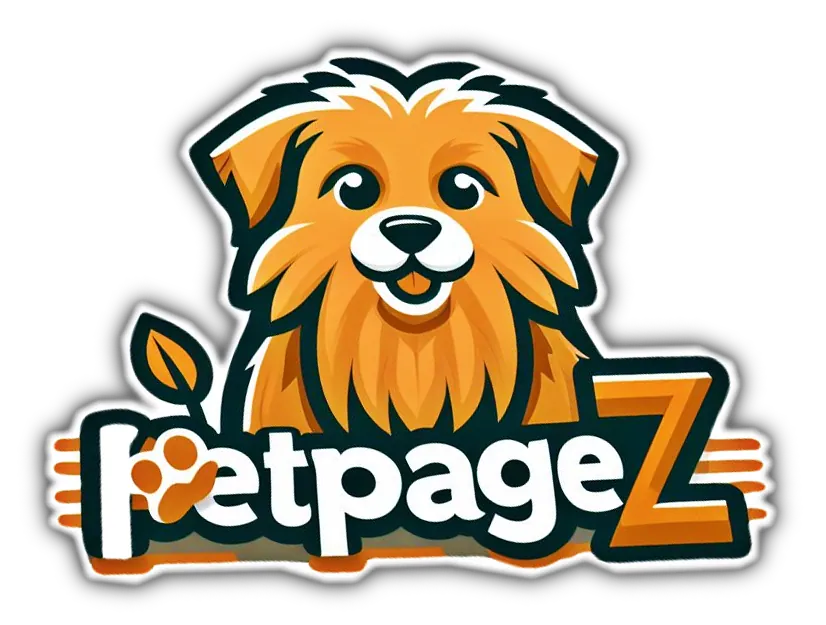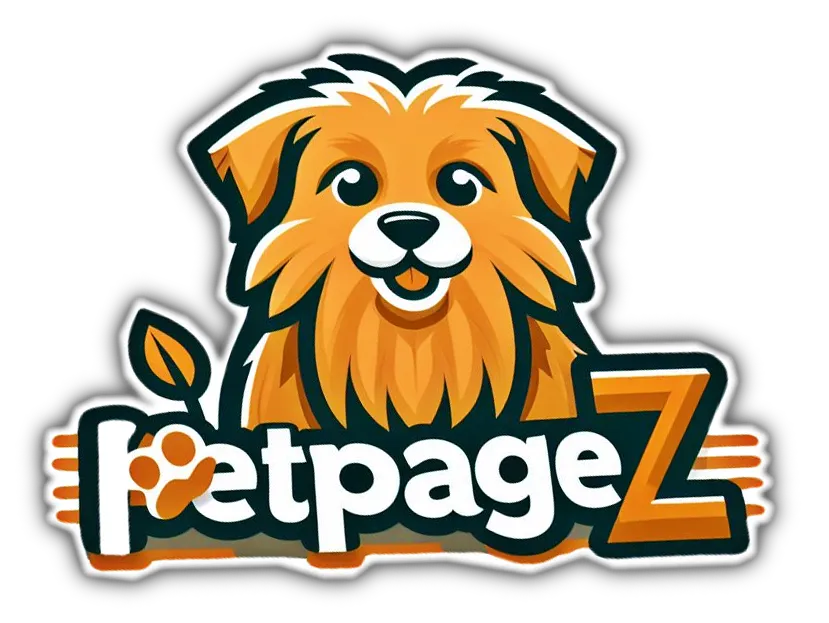1. Introduction: Understanding the Unique Needs of Adolescent Dogs
During the journey from being a playful puppy to a well-rounded adult, dogs go through a phase known as adolescence. Just like human teenagers, adolescent dogs experience significant physical and behavioral changes. This transitional stage, typically occurring between 6 and 18 months of age, presents unique challenges and considerations for dog owners and trainers. Understanding the specific training considerations for adolescent dogs is crucial to ensure their well-being and set them up for success in their adult lives. In this article, we will explore the various aspects that make training adolescent dogs different from training puppies or adult dogs, and discuss effective approaches to address their specific needs.
The Definition of Adolescent Dogs
Adolescence is that awkward stage in a dog's life when they're no longer puppies, but not quite fully grown dogs either. It usually starts around six months and continues until they reach sexual maturity, which can vary depending on the breed. Think of it as their rebellious teenage years, complete with a side of puppy energy and mischief.Why Adolescence is a Critical Stage
Just like human teenagers, adolescent dogs go through significant physical and hormonal changes. Their bodies are rapidly growing and developing, which can affect their behavior and temperament. This stage is crucial for shaping their personality and laying the foundation for their adult behavior. It's a delicate balance between guiding them through this tumultuous period and maintaining your sanity.2. Physical Development and Exercise Requirements for Adolescent Dogs
Growth and Physical Changes in Adolescent Dogs
During adolescence, your furry friend will experience growth spurts that may leave them looking a bit disproportionate. Their joints, bones, and muscles are still developing, so it's important to be mindful of the activities they engage in to prevent injuries. And yes, those gangly legs might cause a few clumsy moments that will make you laugh.Appropriate Exercise for Adolescent Dogs
While exercise is crucial for adolescent dogs, it's important to strike the right balance. Too much exercise can put unnecessary strain on their developing bodies, while too little can leave them bursting with pent-up energy. Aim for regular, moderate exercise that includes walks, playtime, and mental stimulation, but be mindful of their limitations.Preventing Injuries and Overexertion
Remember, your adolescent dog might have more energy than the Energizer Bunny, but their bodies are still growing and vulnerable. Avoid high-impact activities like jumping from heights or excessive running on hard surfaces. Keep an eye out for signs of fatigue and provide plenty of opportunities for rest. Not every dog can keep up with their puppy self forever, after all.3. Mental Stimulation and Enrichment for Adolescent Dogs
Importance of Mental Stimulation during Adolescence
Adolescent dogs not only need physical exercise but also mental challenges to keep their growing brains occupied. Mental stimulation helps prevent boredom, destructive behavior, and the dreaded teenage tantrums. Engaging their minds with puzzle toys, training sessions, and interactive games can tire them out just as much as a long walk.Enrichment Activities for Adolescent Dogs
Take advantage of your adolescent dog's natural curiosity and desire to explore the world. Introduce them to new sights, sounds, and smells. Arrange playdates with other well-behaved dogs to help them practice their social skills. Consider introducing them to agility courses, scent work, or simple obedience challenges. The more varied and interesting their environment, the happier and more well-rounded they will be.Promoting Cognitive Development
Adolescence is an excellent time to continue training your dog and introduce more complex commands and tricks. Engage their minds with positive reinforcement techniques that reward good behavior and keep their brains active. Remember, a well-trained adolescent dog is not only easier to live with but also a source of immense pride when they show off their impressive repertoire of tricks.4. Socialization and Behavior Training During Adolescence
Continuing Socialization Efforts
Socialization doesn't stop when the puppy phase ends. Adolescence is a critical period for maintaining and expanding your dog's social skills. Expose them to various sights, sounds, and experiences, ensuring they have positive interactions with people, other dogs, and different environments. This will help prevent fearfulness or aggression issues from developing later on.Addressing Behavioral Challenges in Adolescents
Adolescent dogs may start testing boundaries and pushing limits, much like teenagers do. They might become more selective in their obedience, challenge your authority, or develop new unwanted behaviors. Patience, consistency, and positive reinforcement are key to addressing these challenges. Seek guidance from a professional trainer if needed, as they can provide valuable advice and strategies to navigate this rebellious phase.Positive Reinforcement and Training Techniques
During adolescence, it's essential to focus on positive reinforcement training techniques. Rewarding good behavior and ignoring unwanted behavior can help shape your dog's behavior in a positive direction. Punishment or harsh training methods can be counterproductive and may damage the trust between you and your furry companion. Remember, training should be fun for both of you, even during the teenage years.5. Nutrition and Health Considerations for Adolescent Dogs
Dietary Requirements for Adolescents
When it comes to feeding your adolescent dog, it's important to provide them with the right nutrition to support their growing bodies. Adolescents have higher energy needs than adult dogs, so choose a high-quality dog food formulated for their specific life stage. Look for a balance of protein, carbohydrates, and fats to fuel their active lifestyles.Managing Weight and Growth
While it's crucial to meet your adolescent dog's nutritional needs, it's equally important to manage their weight and growth. Rapid growth can put stress on their developing joints, potentially leading to long-term problems. Consult with your veterinarian to ensure your dog is growing at a healthy pace and maintain a balanced diet to prevent obesity.Healthcare and Regular Vet Check-ups
Just like humans, adolescent dogs require regular healthcare and vet check-ups to ensure their overall well-being. Vaccinations, deworming, flea and tick prevention, and dental care are essential. Regular vet visits also allow for early detection and treatment of any potential health issues.6. Dealing with Hormonal Changes and Maturity in Adolescent Dogs
Understanding the Impact of Hormonal Changes
Hormonal changes during adolescence can lead to behavioral and physical changes in dogs. It's important to understand that these changes are normal and part of their development. Dogs may exhibit increased assertiveness, independence, or a greater interest in marking territory. Patience and consistent training can help them navigate these changes.Spaying/Neutering and its Timing
Spaying or neutering your dog is a personal decision, and the timing can vary depending on the breed, size, and individual circumstances. Consult with your veterinarian to determine the best time for this procedure. Spaying or neutering can help manage hormone-related behaviors, prevent unwanted pregnancies, and reduce the risk of certain health issues.Behavioral and Physical Changes
Along with hormonal changes, adolescent dogs may experience behavioral and physical changes. They may become more rebellious or easily distracted during training sessions. Their physical appearance may also change as they develop into their adult size and shape. Stay patient, continue training, and provide outlets for their energy to help them adjust to these changes.7. Addressing Common Challenges in Training Adolescent Dogs
Attention and Focus Issues
During adolescence, dogs can become easily distracted and have difficulty maintaining focus. Keep training sessions short, engaging, and rewarding. Use high-value treats or toys to capture their attention and reinforce desired behaviors. Gradually increase the level of distractions as they progress in their training.Reinforcing Basic Training Commands
Adolescence is a time when dogs may test the boundaries and forget their basic training commands. It's crucial to reinforce these commands consistently and reward them for following through. Use positive reinforcement techniques, such as treats or praise, to encourage them to obey commands and maintain good behavior.Dealing with Adolescence-Related Regression
It's not uncommon for adolescent dogs to experience regression in their training or behavior. They may exhibit behaviors they haven't displayed since they were puppies, such as chewing on furniture or having accidents indoors. Stay patient and consistent in your training, and consider seeking guidance from a professional dog trainer if needed.8. Conclusion: Nurturing and Guiding Adolescent Dogs towards a Balanced Adulthood
Adolescence can be a challenging phase for both dogs and their owners, but with the right approach and understanding, it can also be a rewarding time of growth and learning. Be patient, consistent, and provide your adolescent dog with the love, guidance, and training they need to develop into well-rounded and balanced adult dogs. Remember, they're just going through a phase, and with your help, they'll come out the other side as wonderful companions.8. Conclusion: Nurturing and Guiding Adolescent Dogs towards a Balanced Adulthood
As dog owners and trainers, it is our responsibility to provide the necessary guidance and support during the crucial phase of adolescence. By recognizing the unique needs of adolescent dogs and tailoring our training approach accordingly, we can help them navigate this transitional period with confidence and grace. Through consistent socialization, appropriate exercise, mental stimulation, and positive reinforcement, we can nurture them into well-rounded adults. By investing time and effort in their training during adolescence, we lay the foundation for a harmonious and fulfilling relationship with our canine companions throughout their lives. Let us embrace the challenges and opportunities presented by adolescent dogs and embark on this journey together towards a balanced adulthood.
FAQ
1. What age range is considered adolescence for dogs?
Adolescence in dogs typically occurs between 6 and 18 months of age. However, the exact duration can vary depending on the breed and individual dog.
2. Are training methods for adolescent dogs different from those for puppies or adult dogs?
Training methods for adolescent dogs may differ from those used for puppies or adult dogs. Adolescents may require more patience, consistency, and reinforcement to overcome their distractions and maintain focus during training sessions. It is important to adapt training techniques to cater to their developmental stage and unique needs.
3. How can I address behavioral challenges that arise during adolescence?
Behavioral challenges during adolescence are not uncommon. Patience, positive reinforcement, and consistent training are key. Addressing these challenges involves continued socialization, reinforcing basic training commands, and providing mental stimulation to prevent boredom and frustration. Seeking guidance from a professional dog trainer can also be beneficial in managing behavioral issues.
4. Should I spay/neuter my adolescent dog?
Deciding whether to spay or neuter your adolescent dog is a personal choice that should be discussed with your veterinarian. While spaying/neutering can have various health and behavioral benefits, the timing of the procedure should be carefully considered based on your dog's breed, health, and individual circumstances. Your veterinarian can provide guidance on the best course of action for your specific dog.





